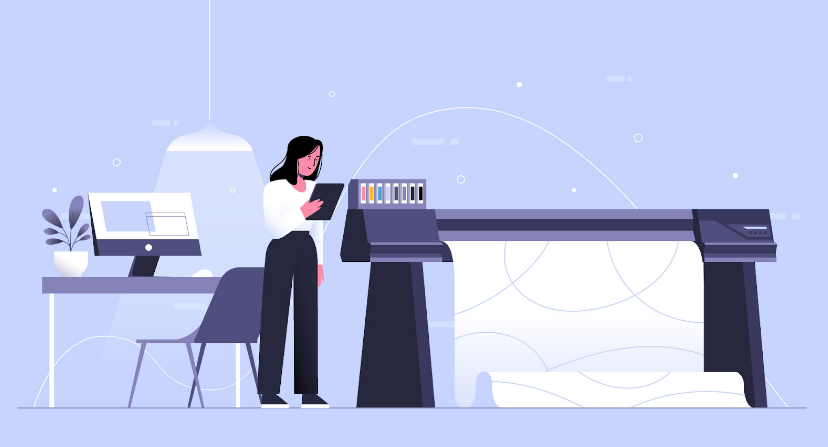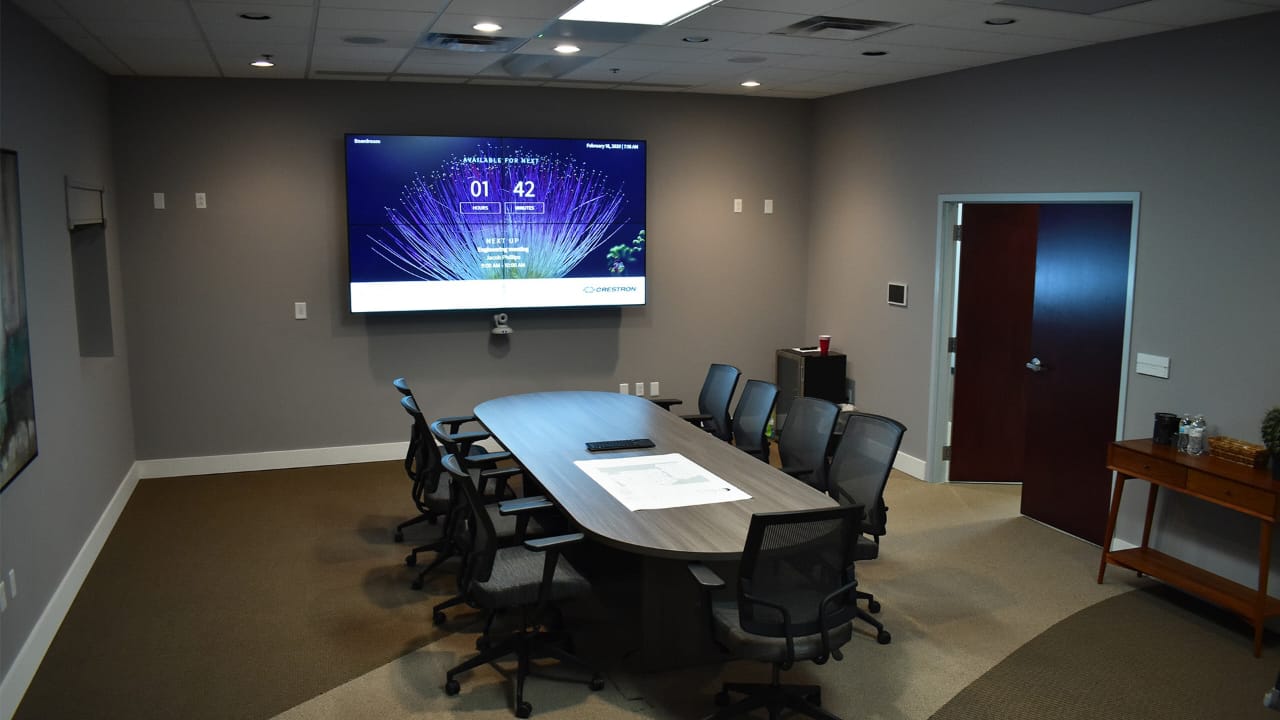Printers vs. Plotters: Pros and Cons in Architecture

If you work with diagrams, maps, and blueprints, chances are you’ve come across the entire printer vs. plotter debate. Your confusion and uncertainty are understandable. Both are printers but offer different results and incur varying costs.
Here’s a detailed guide explaining the pros and cons of using printers and plotters in architecture, so you can make an informed decision.
Pros and Cons of Printers for Architecture
Printers have been used for architectural purposes for as long as we can remember. Large formal printers are especially popular as they can handle large paper sizes (A1, A2, or larger) and intricate designs.
The pros of using printers in architecture include:
Streamlined Communication
Architectural projects include a number of stakeholders. With clearly printed drawings and maps, you can keep everyone in the loop and convey any changes. Teams, clients, and investors can review drawings and give feedback.
Improved Visualisation
Printers, especially large-format ones, can reproduce complex architectural drawings. You can also get a realistic look at blueprints.
On-Demand Printing
Modern large-format printers enable on-site printing, which can simplify the process and reduce miscommunication. On-demand printing will prevent frequent and unnecessary revisions.
Cost-effectivenes
Using printers for architectural projects can be cost-effective. You can have greater control over the printing process without paying additional costs.
Unfortunately, there are some disadvantages to using printers in architecture. This includes:
Scaling Errors
If you’re using an older printer or one that isn’t properly calibrated, there’s a high chance of scaling errors. This can lead to discrepancies and other measurement errors.
Specialised Printing Requirements
Large-format printers are mostly required for intricate blueprints and drawings. These can be expensive and might not be feasible for a growing architecture firm.
Environmental Concerns
Printers exude a myriad of environmental concerns. This includes excessive ink usage and paper wastage.
Plotters in Architecture
Plotters have stepped in as alternatives to printers, bringing numerous changes to the architectural world. Here’s a look at the pros of plotters:
Increased Accuracy
The main difference between printer and plotter is the size of paper they use. Traditional printers use multiple sheets of paper, whereas plotters use large rolls of paper. This ensures better accuracy and precision.
Plotters also have high graphic capabilities, which means they are excellent for blueprints, maps, and other architectural drawings.
Repeatability
Plotters can create the same image or pattern multiple times without losing consistency. This is useful for mass-producing blueprints or maps.
That being said, there are some cons to using plotters in architecture. This includes:
High Costs
Plotters incur high ink and toner costs, especially when used for large-format printing.
Mechanical Issues
Given the complex tasks plotters perform, they are more prone to mechanical issues and jams. However, with regular maintenance, you can keep your plotter working smoothly for years.
What to Choose
Now that you know the pros and cons of printers and plotters, the question arises: Which one should you choose? The answer depends on your project needs and desired results.
If you’re working with intricate architectural drawings that require repetitive printing, a plotter is clearly the winner. For small projects, large-format printers can do the trick.




